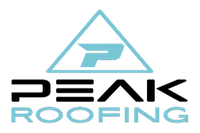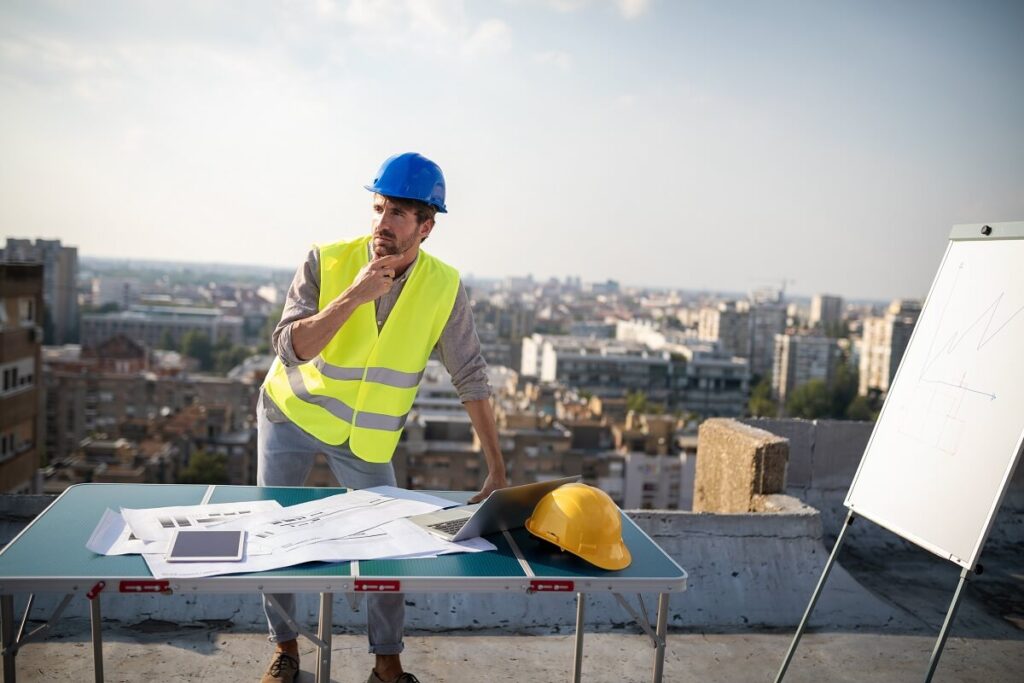Flat and sloped commercial roofs serve the same purpose but in very different ways. A flat roof is nearly level, typically with a slight pitch for drainage, while a sloped roof includes a more noticeable incline. Each style affects material choice, water management, and long-term maintenance. Knowing how these systems differ helps you plan for function, durability, and cost.
Drainage Systems Make a Major Impact
One of the biggest distinctions between these roof types is how they handle water. Sloped roofs use gravity to move water directly into gutters and downspouts. Flat roofs require internal drains, scuppers, or tapered insulation to prevent ponding. When water sits on a flat roof for too long, it can weaken seams and reduce the lifespan of the membrane.
Material Choices Depend on Structure and Slope
Sloped roofs often use overlapping materials like metal panels, shingles, or tiles. These materials take advantage of water runoff and create visual appeal. Flat roofs typically rely on continuous membranes like TPO, EPDM, or built-up roofing. These options create a seamless surface that resists standing water and works well with rooftop equipment. Choosing the right system depends on how your building is used.
Maintenance and Access Requirements Differ
Flat roofs are easier to walk on, making them ideal for buildings that need frequent access to HVAC systems or skylights. Roof repairs and inspections are simpler due to the level surface. Sloped roofs are harder to navigate, increasing both inspection time and risk. They also shed debris more easily, reducing the need for constant cleaning compared to flat systems.
Energy Efficiency and Insulation Strategies
Both systems can be energy-efficient when designed correctly, but they approach it differently. Flat roofs often allow for thicker layers of insulation installed above the deck, which improves R-value and makes them ideal for reflective roof coatings. Sloped roofs rely on attic ventilation and insulation placed below the deck. The choice of materials and how insulation is layered will affect temperature regulation and long-term utility costs.
Budget Considerations Over the Roof’s Life Cycle
Sloped roofs may have a higher upfront cost due to material and labor demands, but they tend to last longer with fewer major repairs. Flat roofs are typically less expensive initially, but they often require more frequent maintenance to manage drainage and membrane performance. Comparing total ownership cost helps you choose a system that aligns with your budget goals over time.
Design Flexibility and Use of Space
Flat roofs offer usable space for mechanical units, solar arrays, or even rooftop lounges in mixed-use buildings. They also simplify future additions or equipment upgrades. Sloped roofs, while more limited in usable space, contribute to architectural style and visibility. Your building’s function and layout may heavily influence which system makes the most sense.
Whether you choose a flat or sloped system, Peak Roofing & Exteriors will ensure that the roof is designed, installed, and maintained professionally. Material selection, weather resistance, and structural needs all play a part in the final decision. Contact us today to schedule a consultation.

